Before Hollywood stars needed CGI to make an impression, there was Burt Lancaster—a man whose physical presence and emotional intensity could command any scene without special effects. From his dazzling debut in “The Killers” to his poignant final roles, Lancaster brought a raw authenticity and power to the screen that today’s actors can only dream of matching. Those of us lucky enough to grow up watching his performances understand why he wasn’t just a star but a genuine force of nature—a former circus acrobat turned actor who could convey complex emotions with just a glance, a smile, or the set of his impressive shoulders.
1. “From Here to Eternity” (1953)
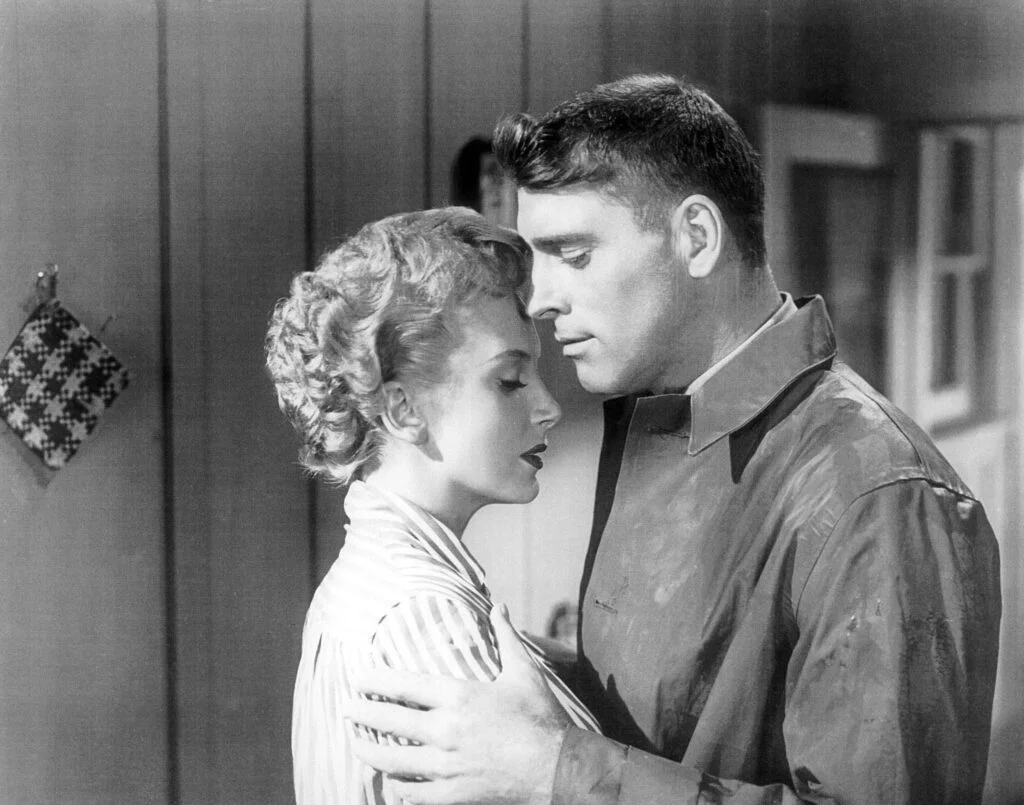
Who among us could forget that iconic beach scene where Lancaster and Deborah Kerr created the most memorable romantic moment in cinema history? Lancaster’s Sergeant Milton Warden was the perfect mix of military toughness and hidden vulnerability, showing us a man torn between duty and desire. His performance captured the complicated psychology of a straight-arrow soldier who falls for his commanding officer’s wife, all while maintaining that unmistakable Lancaster integrity. Reviews on IMDb show that many viewers still hold this career-defining film in high regard.
This was Lancaster at the height of his physical powers, with his athletic build and confident movements bringing authenticity to the role of a career military man. The way he carried himself throughout the film—whether in the barracks confronting injustice or in tender moments with Kerr—showcased his exceptional range as an actor. This performance netted him an Academy Award nomination and cemented his place as one of Hollywood’s most captivating leading men, proving he was much more than just a handsome face with an impressive physique.
2. “Sweet Smell of Success” (1957)
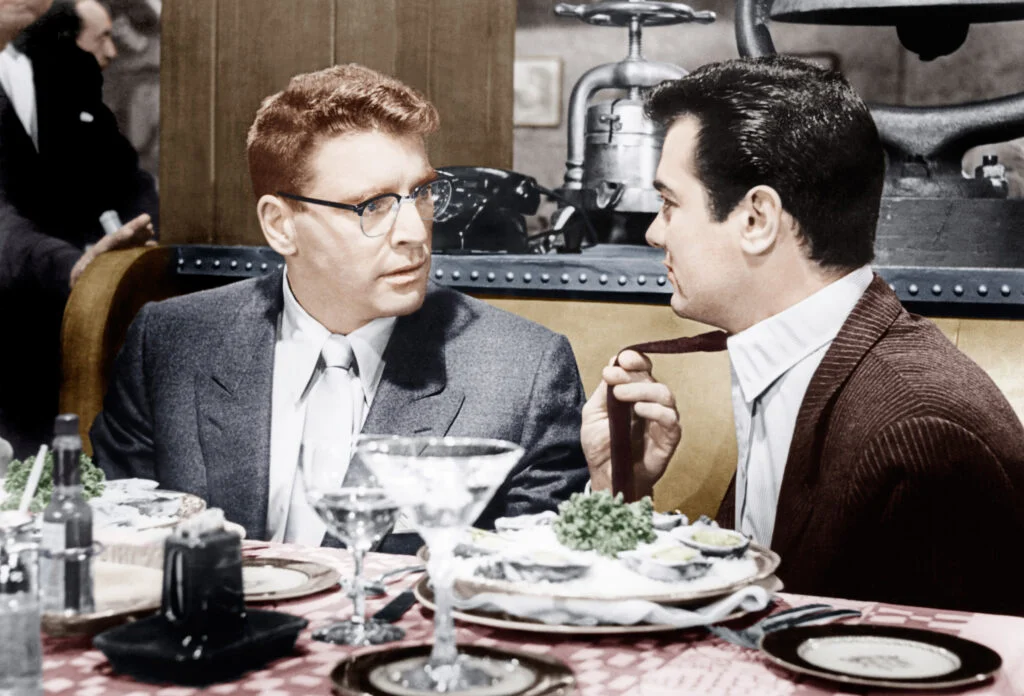
As the ruthless newspaper columnist J.J. Hunsecker, Lancaster delivered perhaps the most chilling performance of his career, trading his usual heroic persona for something much darker. Every line he delivered dripped with venom and power, creating a character so intimidating that you could feel the atmosphere change whenever he entered a scene. His brilliant delivery of the line “I’d hate to take a bite out of you, you’re a cookie full of arsenic” remains one of the most memorable putdowns in film history. Over on Rotten Tomatoes, this film has some of the highest ratings anyone could ask for.
Lancaster’s ability to convey menace through stillness—the way he would peer through those glasses with cold calculation—showed his understanding that true power often lies in restraint rather than explosion. The chemistry between Lancaster and Tony Curtis created a toxic dynamic that perfectly captured the underbelly of fame and influence in 1950s New York. This performance showcased Lancaster’s willingness to play against type and his extraordinary ability to embody characters far removed from his own personality, proving his versatility stretched far beyond action-oriented roles.
3. “Elmer Gantry” (1960)
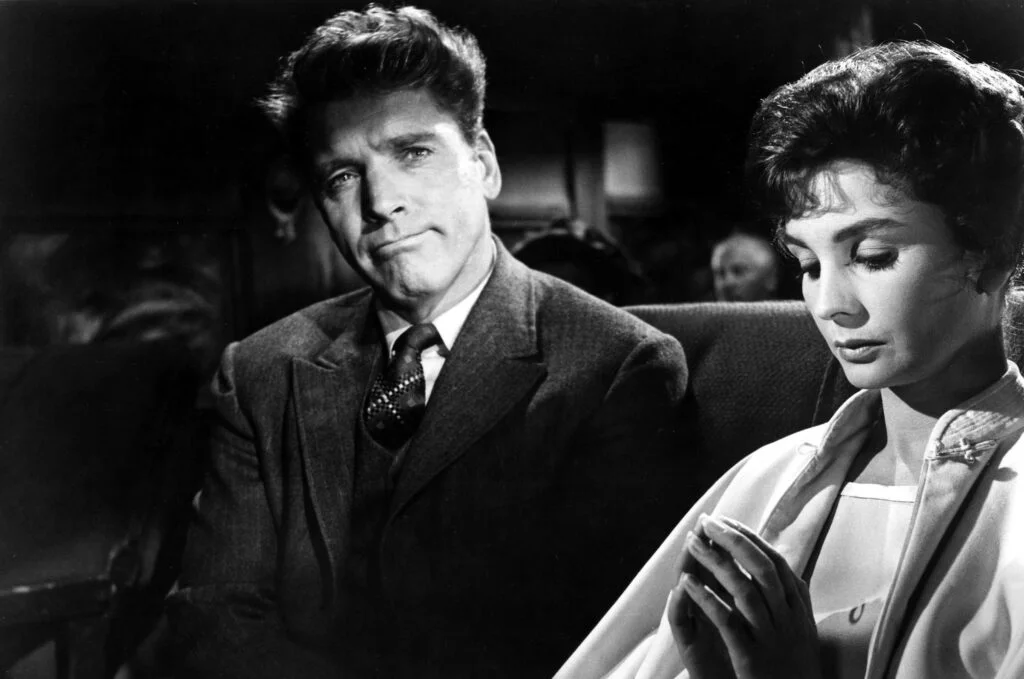
Lancaster threw himself into the role of the charismatic, morally flexible traveling salesman-turned-preacher with such conviction that you’d swear he had spent his life behind a pulpit. His Oscar-winning performance captured the infectious enthusiasm, calculated charm, and underlying complexity of a man who finds faith even as he exploits it. The famous sermon scenes, where Lancaster’s booming voice and theatrical gestures whipped the congregation into a frenzy, showcased his incredible ability to command attention. A write-up on Britannica puts into perspective all the complex ideas this film explores.
What made this performance so remarkable was how Lancaster walked the tightrope of making Gantry simultaneously despicable and sympathetic—a huckster who eventually begins to believe his own sermons. The physical transformation was astonishing as well, with Lancaster adopting a distinctive strut and animated speaking style that made Gantry leap off the screen into our collective memory. This role allowed Lancaster to combine his natural athleticism, charismatic screen presence, and surprising emotional depth into one unforgettable character who remains a textbook example of American religious hypocrisy.
4. “Birdman of Alcatraz” (1962)

Lancaster’s portrayal of Robert Stroud transformed a convicted murderer into one of cinema’s most sympathetic and complex characters, earning him another Academy Award nomination. His subtle portrayal of a man who finds purpose and redemption through studying birds while serving a life sentence showed Lancaster’s ability to convey profound emotional development with remarkable restraint. The way he captured Stroud’s transition from volatile prisoner to self-taught ornithologist demonstrated Lancaster’s gift for showing character evolution through the smallest changes in posture, voice, and expression.
What makes this performance particularly impressive is how Lancaster managed to stay compelling despite the physical limitations of the role—confined to a cell for much of the film. His ability to suggest a rich interior life behind Stroud’s stoic exterior created a character study that remains profoundly moving decades later. This role showed that Lancaster, known for his physicality and larger-than-life presence, could also captivate audiences with stillness and introspection, proving his range extended far beyond what many of his contemporaries could achieve.
5. “The Leopard” (1963)
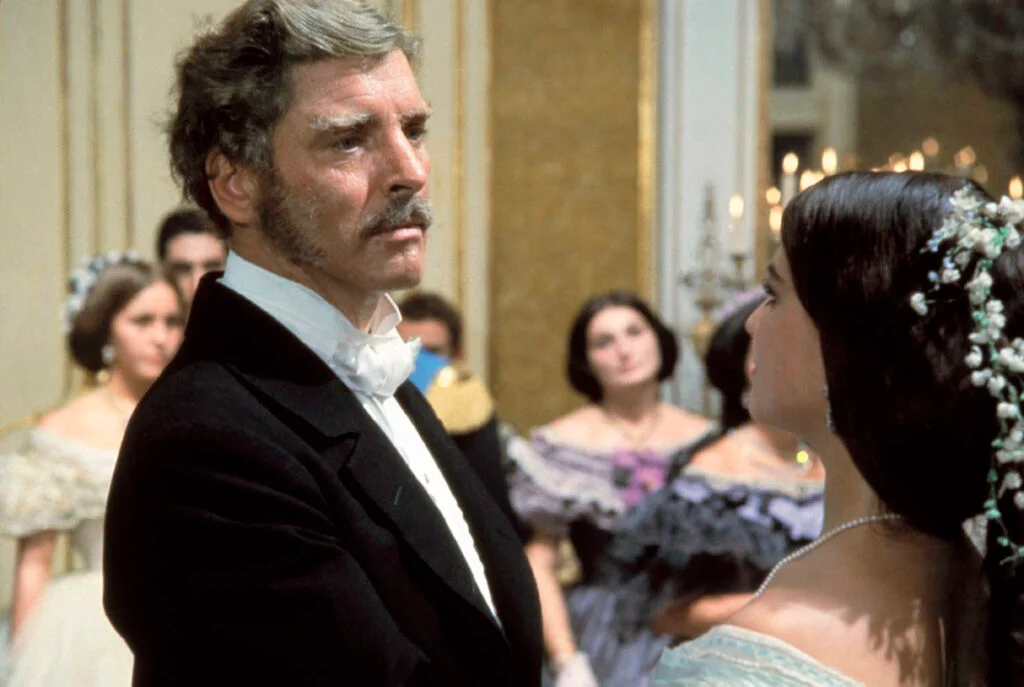
In Luchino Visconti’s sweeping Italian masterpiece, Lancaster delivered a performance of remarkable subtlety as Prince Don Fabrizio Salina, an aristocrat witnessing the decline of his social class. Despite performing in English and being dubbed in Italian for the original release, Lancaster conveyed the prince’s melancholy dignity through his bearing, expressions, and physical presence alone. The famous ballroom sequence, where Lancaster silently observes a world that will soon disappear, contains some of the most eloquent screen acting ever captured on film.
Playing a character much older than himself, Lancaster transformed his normally vital physicality into that of a man weighed down by tradition and awareness of his own mortality. The respect he earned from Italian critics—who were initially skeptical about an American action star in such a culturally significant role—speaks volumes about the depth and authenticity of his characterization. This performance, often overlooked in discussions of Lancaster’s career, reveals his willingness to collaborate with international directors and his understanding that great acting transcends language barriers.
6. “The Train” (1964)
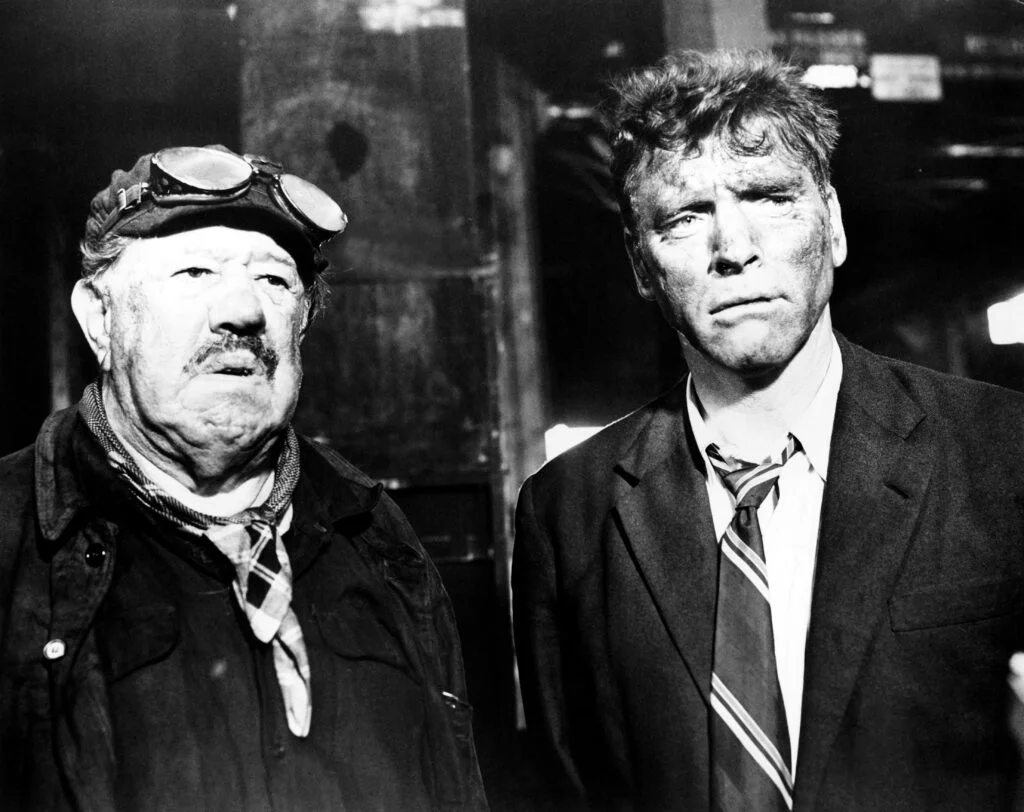
As the French Resistance fighter Labiche in John Frankenheimer’s war thriller, Lancaster brought incredible physical commitment and moral gravitas to a role that required both action heroics and ethical complexity. Despite being in his fifties during filming, Lancaster performed many of his own stunts, bringing authenticity to the physically demanding role of a railway inspector working to prevent Nazis from stealing French art treasures. His weathered face and physical presence conveyed both the exhaustion and determination of a reluctant hero forced into extraordinary circumstances.
What elevates this performance beyond a typical war film is Lancaster’s ability to suggest the internal conflict of a man who initially questions risking lives to save art, then gradually comes to understand what’s truly at stake. The final scene, where Lancaster walks away from the crashed train surrounded by the bodies of hostages, contains no dialogue yet speaks volumes through his body language and expression. This collaboration with director Frankenheimer showcased Lancaster’s ability to communicate complex ideas through primarily physical means, reminding us of his origins as an acrobat who understood the eloquence of the human body in motion.
7. “The Professionals” (1966)
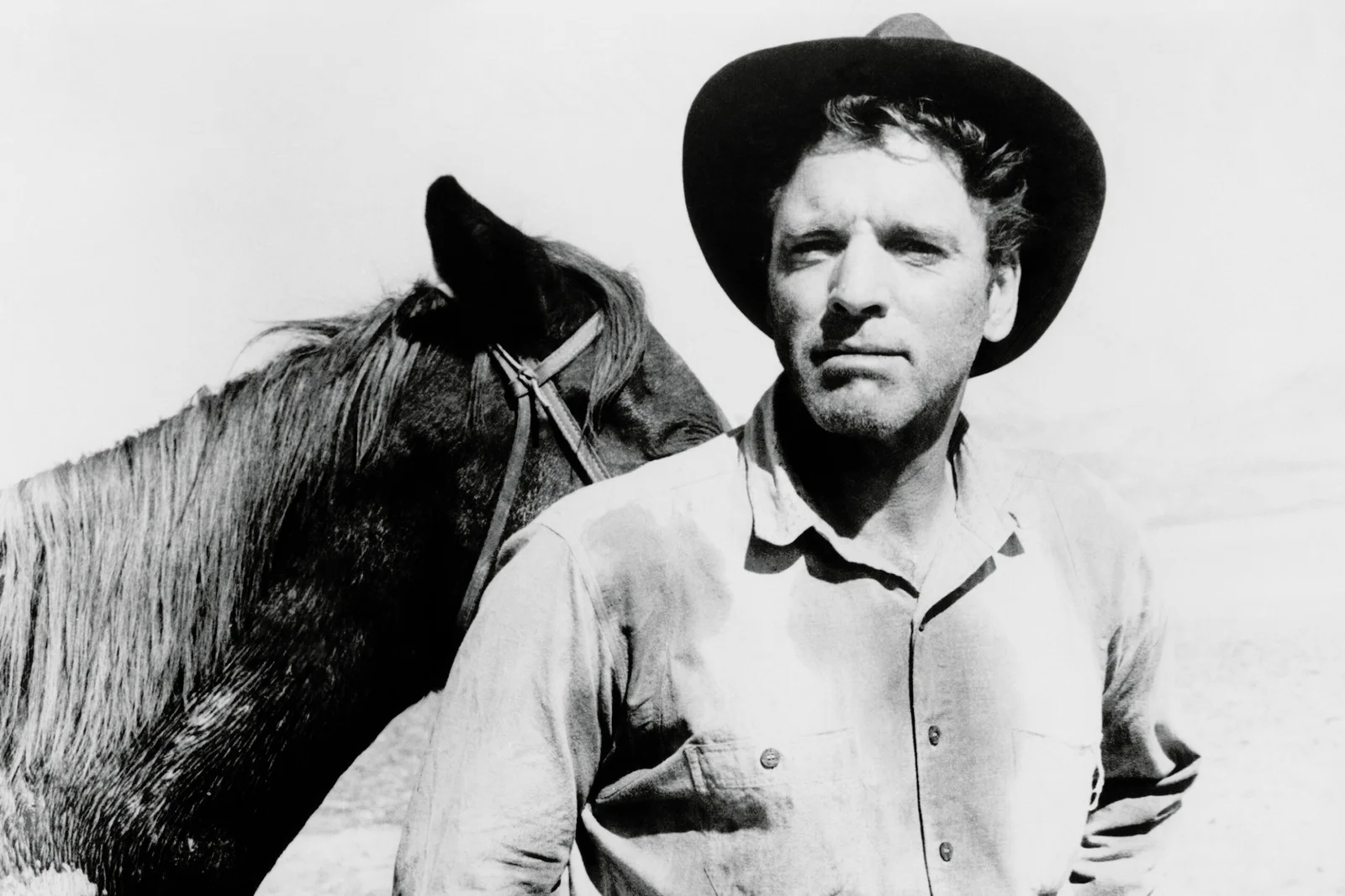
As the tough, principled mercenary Bill Dolworth, Lancaster gave us a masterclass in charismatic screen presence, holding his own in a stellar ensemble that included Lee Marvin, Robert Ryan, and Jack Palance. His physical prowess was on full display as he scaled mountains and engaged in gunfights with the agility of a man half his age, reminding audiences of his circus background. Lancaster’s natural chemistry with Claudia Cardinale created some of the film’s most memorable moments, showcasing his ability to convey romantic tension with economic dialogue and expressive looks.
What made Lancaster’s performance particularly appealing was how he balanced rugged adventure elements with a surprising philosophical depth, delivering lines about the nature of revolution and loyalty that elevated the entire film. The camaraderie between Lancaster and Marvin felt genuine, creating a buddy dynamic that influenced countless action films that followed. This role perfectly captured Lancaster’s unique ability to bring intellectual heft to physically demanding roles, proving that action stars could engage both our adrenaline and our minds.
8. “The Swimmer” (1968)
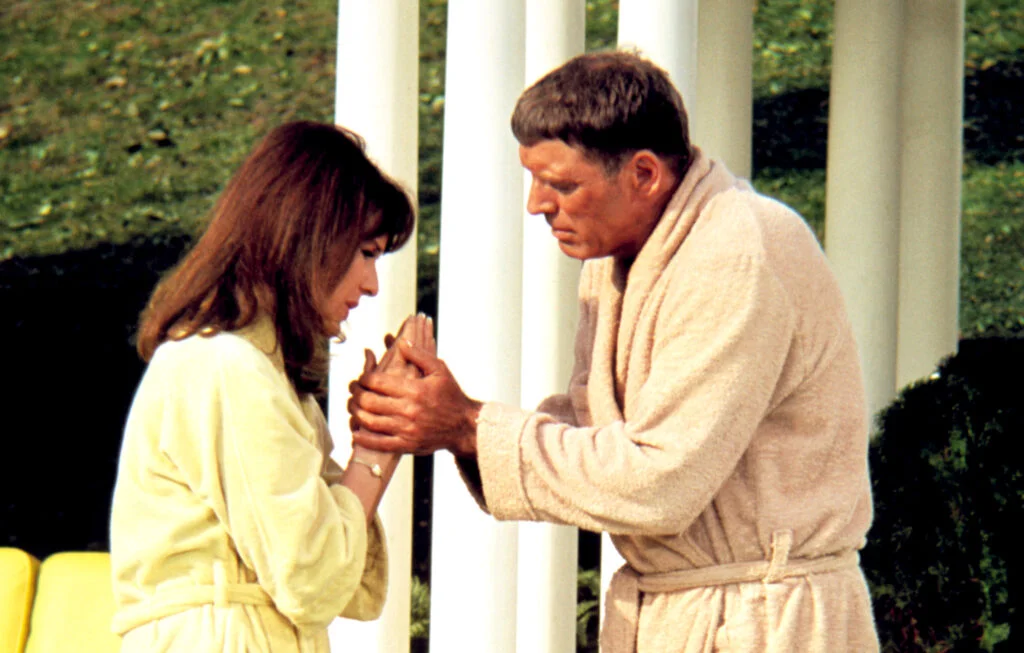
In perhaps his most daringly vulnerable performance, Lancaster portrayed Ned Merrill, a man who decides to “swim home” through the pools of his suburban neighborhood, with each swim revealing more about his fractured life. At 55, Lancaster fearlessly displayed his still-impressive physique in swimming trunks throughout the film, but the true nakedness was emotional as his character’s façade of success gradually crumbled. His physical transformation throughout the film—from confident and vigorous to broken and shivering—remains one of cinema’s most affecting portraits of a man confronting his delusions.
Lancaster’s willingness to make himself so emotionally vulnerable—portraying humiliation, rejection, and ultimate breakdown—showed remarkable courage for a star known for playing strong, decisive characters. The swimming scenes themselves display a beautiful economy of acting, with Lancaster using his swimmer’s strokes, breathing, and body language to suggest Ned’s changing psychological state. This underseen gem in Lancaster’s filmography demonstrates his artistic courage and commitment to character, regardless of how unflattering or uncomfortable the portrayal might be.
9. “Atlantic City” (1980)
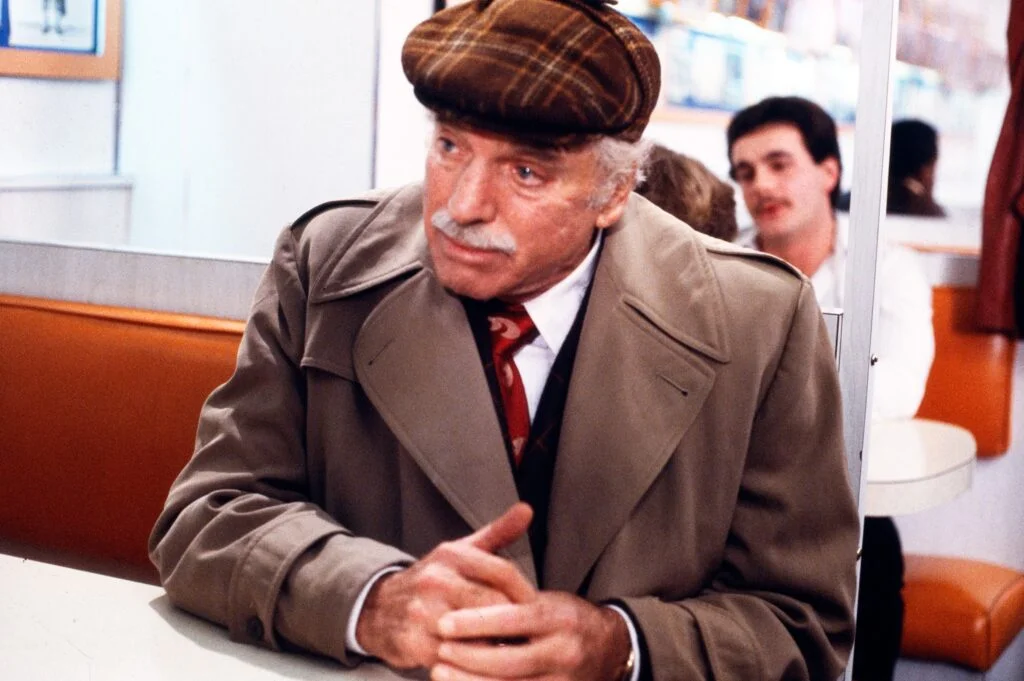
Lancaster’s portrayal of aging small-time criminal Lou Pascal earned him his fourth Academy Award nomination and showed his remarkable ability to reinvent himself for a new era of filmmaking. At nearly 70, he brought dignity, humor, and surprising sensuality to the role of a man who gets one last chance at significance. His delivery of the line “You should have seen the Atlantic Ocean back then” conveyed a lifetime of disappointment and nostalgia in a single sentence, demonstrating his mastery of the small moment.
What made this performance so affecting was Lancaster’s willingness to embrace his age and use it as part of Lou’s character, neither hiding nor overemphasizing his senior status. His scenes with Susan Sarandon created an unlikely chemistry that felt completely authentic, showing Lancaster could still command romantic scenes well into his later years. This performance, coming after a period of health problems and fewer roles, reminded Hollywood and audiences alike that Lancaster remained one of America’s finest actors, capable of bringing nuance and humanity to characters in any stage of life.
10. “Local Hero” (1983)

As eccentric oil magnate Felix Happer, Lancaster delivered a performance of charming eccentricity that balanced perfectly with the film’s quirky tone. Though his screen time was limited, Lancaster made every moment count, creating a memorable character whose obsession with astronomy and personal growth provided both comedy and unexpected depth. His scene watching the northern lights, childlike wonder spreading across his familiar craggy features, ranks among the most joyful moments in his entire filmography.
Lancaster’s ability to suggest the loneliness beneath Happer’s wealth and power gave emotional weight to what could have been simply a comedic role. The natural chemistry he developed with Peter Riegert during their few scenes together created a believable mentor-employee relationship that grounded the film’s whimsical elements. This delightful late-career performance showcased Lancaster’s gifts for comedy and character work, proving that even in supporting roles, he could create indelible impressions that elevated entire films.
11. “Field of Dreams” (1989)

In one of his final roles, Lancaster brought weathered wisdom and gentle authority to the character of Dr. Archibald “Moonlight” Graham, a physician who once played a single inning in major league baseball. In just a few scenes, Lancaster created a fully realized character whose contentment with his choices provided the emotional core of the film’s message about dreams and purpose. His walk down the small-town street with Kevin Costner, dispensing life wisdom with unforced sincerity, remains one of cinema’s most touching intergenerational exchanges.
The poignancy of Lancaster’s performance was heightened by audiences’ awareness that they were watching a screen legend in one of his final roles, bringing extra resonance to Graham’s reflections on life’s choices and missed opportunities. His ability to convey decades of lived experience through his voice, posture, and expressive eyes showed that Lancaster’s gifts remained undiminished by age. This brief but unforgettable performance serves as a perfect grace note to an extraordinary career, reminding us that great actors don’t need extensive screen time to leave lasting impressions.
12. “Separate But Equal” (1991)

In his final major role, Lancaster portrayed John W. Davis, the attorney who defended segregation in the landmark Brown v. Board of Education case, bringing complexity to what could have been a one-dimensional villain. Despite his personal politics being opposite to those of his character, Lancaster created a performance free of caricature, showing a man convinced of the rightness of his legal arguments while blind to their moral implications. His courtroom scenes with Sidney Poitier demonstrated Lancaster’s lifelong gift for creating authentic dramatic tension with fellow actors.
At 77 and battling health issues, Lancaster still commanded the screen with his presence and brought gravitas to this historical TV drama. The way he used his still-powerful voice—modulating from gentle persuasion to thundering oratory—reminded audiences of the exceptional instrument he had wielded throughout his career. This final significant performance, tackling difficult American history with unflinching honesty, exemplified Lancaster’s lifelong commitment to meaningful projects and challenging roles, closing a remarkable career with the same integrity with which he had conducted it.
Few stars of Hollywood’s golden age aged as gracefully on screen as Burt Lancaster, who continued finding complexity and humanity in his characters long after many of his contemporaries had faded away or become parodies of themselves. His legacy lives on not just in these twelve remarkable performances, but in the generations of actors who learned from his example that authentic screen acting requires both physical commitment and emotional truth. When we watch Lancaster today, we’re not just enjoying nostalgic entertainment—we’re witnessing a master class in what it means to be fully present on screen, a lesson as valuable now as it was when he first burst into our collective consciousness with that dazzling smile and unmistakable presence.


